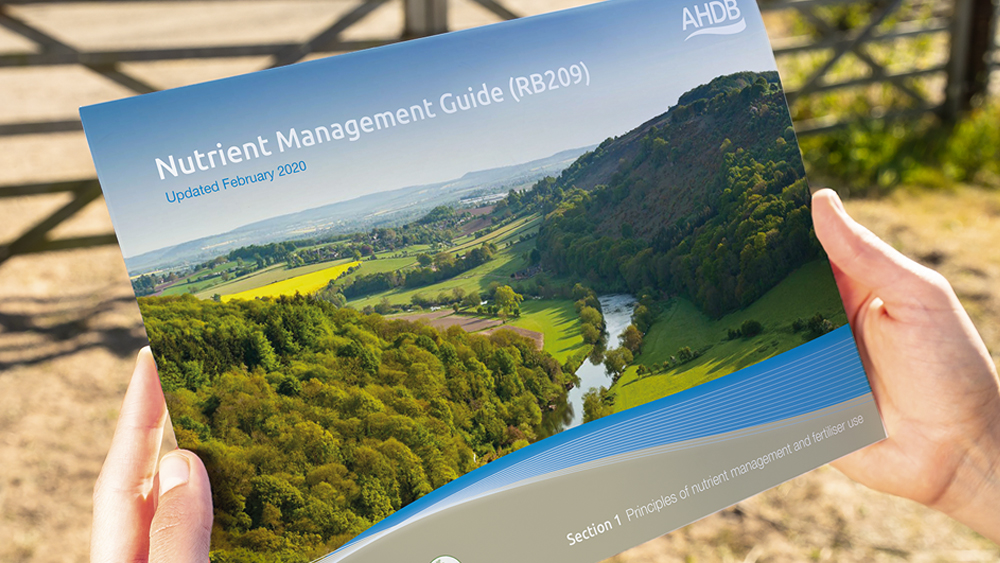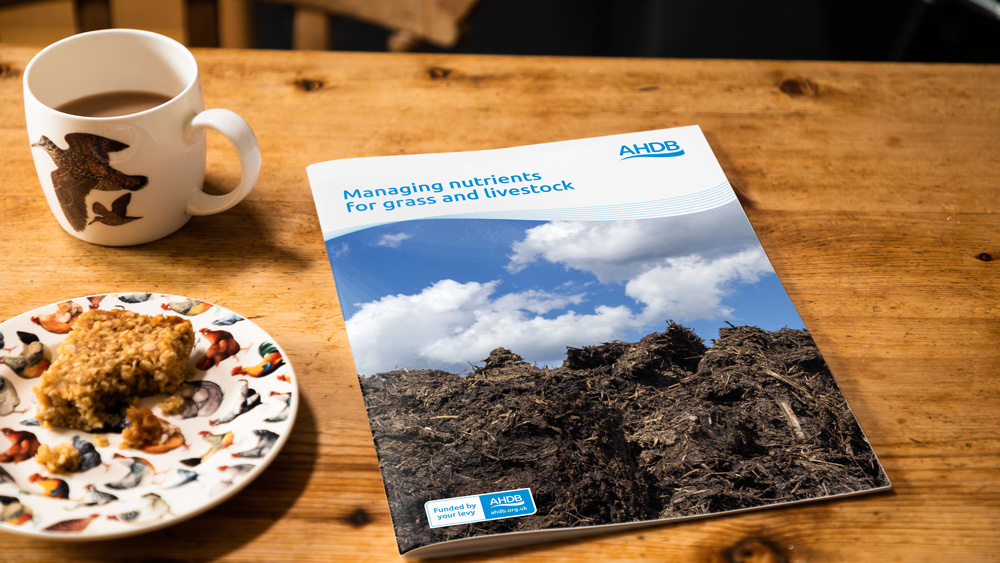- Home
- Knowledge library
- Optimising grassland management
Optimising grassland management
Summary
Optmising grassland management
Efficient forage production and utilisation is the basis of profitable pasture-based dairy farming. As part of our research partnerships, projects focused on developing systems for more efficient herbage production and ultilisation, including varietal choice according to production system and are listed below:
- Evaluation of grazed grass production and utilisation with reliance on nutrients from slurry
As fertiliser prices increase, slurry is increasingly important source of nutrients on farm. There are a number of benefits in improving the utilisation of slurry for grassland production including reducing reliance on purchased fertiliser, reduced loss of nutrients to the environment and healthier soils.
Key messages:
- Slurry separation will have a significant effect on the chemical profile of slurry
- The nutritive value of slurry can vary from farm to farm and over time and it is important to test separated slurry to get accurate measure of nutrient content and availability
- Using slurry on grazing pastures can result in a fertiliser savings of up to £25/ha/rotation
2. The effect of sample handling and storage on the nutritional value of fresh grass
Key messages:
- The technique used to harvest samples in the field will influence the composition of the grass when analysed in a laboratory
- Hand plucked samples tend to have higher crude protein (8g/kg DM) and metabolisable energy content than samples cut with scissors
- Changes in grass quality due to storage were small but storing samples under ambient temperatures in a breathable bag for 48 hours led to the greatest sample deterioration
- Samples stored for 48-hours had a lower water-soluble carbohydrate (9g/kg DM) and metabolisable energy content (0.12MJ/kg DM)
- Samples stored at ambient temperature had a lower water-soluble carbohydrate (12g/kg DM) and metabolisable energy content (0.17MJ/kg DM)
- There was limited effect of sampling or storage on crude protein content
- Grass from silage swards did not deteriorate if stored for 48 hours but had a higher water-soluble carbohydrate (18g/kg DM) and metabolisable energy content (0.62MJ/kg DM) when stored chilled.
3. Factors influencing grazed grass intake
Key messages:
- Legumes have a higher feed value than grasses, but their main benefit to livestock is from enhanced intake
- Later heading ryegrass varieties resulted in higher grass dry matter intake and milk production
- Application of sodium to pasture can improve herbage DMI and milk production
- Daily pasture allowance of green leaf per cow is key for DMI than grass height alone
- Bite mass and biting rate tend to be highest in the afternoon with some evidence that providing a fresh paddock at this time of day increases grass DMI
- Feeding a forage supplement can reduce grazing efficiency.
About this project
Aims and Objectives:
- Evaluation of grazed grass production and utilisation with reliance on nutrients from slurry
- Separated slurry for grass silage. To determine if the performance of grass swards grown using nutrients from separated slurry compared with those grown from other nutrient. sources.
- Separated slurry on grazing pastures. To examine if separated slurry can be used effectively in dairy grazing pastures to supply nutrients for grass growth and support the performance of mid-late lactation dairy cows.
2. The effect of sample handling and storage on the nutritional value of fresh grass
- To examine the effect of harvest technique, storage duration, storage temperature and storage conditions on the nutritional value of fresh grass analysed by Near Infrared Reflectance Spectroscopy (NIRS).
3. Factors influencing grazed grass intake
Review literature to provide information on:
- Diet manipulation and feeding strategies at grass
- The impact of herbage genetics and sward quality and grass intake
- Optimum pasture management strategies
- Animal behaviour, breeding and performance on grazing systems
- The impact of climate change on future grassland productivity.



